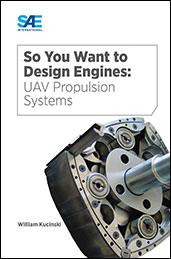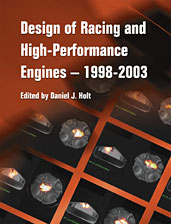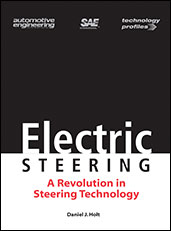Technical Paper
Pitot Probe and Total Air Temperature (TAT) Probe Ice Crystal Icing Impact to Aircraft Operation and Methods to Improve Probe Performance
2023-06-15
2023-01-1395
Pitot probes and Total Air Temperature (TAT) probes are critical to aircraft performance. They are also susceptible to becoming overwhelmed and produce erroneous outputs when flying in icing conditions, especially in high altitude ice crystal situations. When the probes are overwhelmed with ice crystals, it can have significant impacts to aircraft operations. Through design and process iterations, Collins Aerospace (also known as Rosemount Aerospace™), has developed new Appendix D compliant pitot and TAT probes that are much more capable in high ice crystal content icing environments which greatly reduce the adverse risks to the aircraft and engine systems that depend on these probes.







